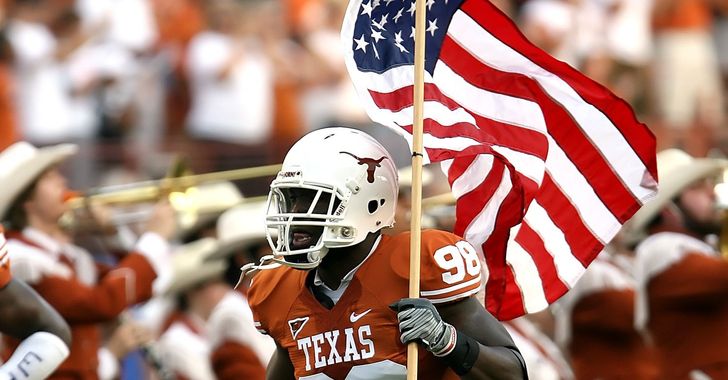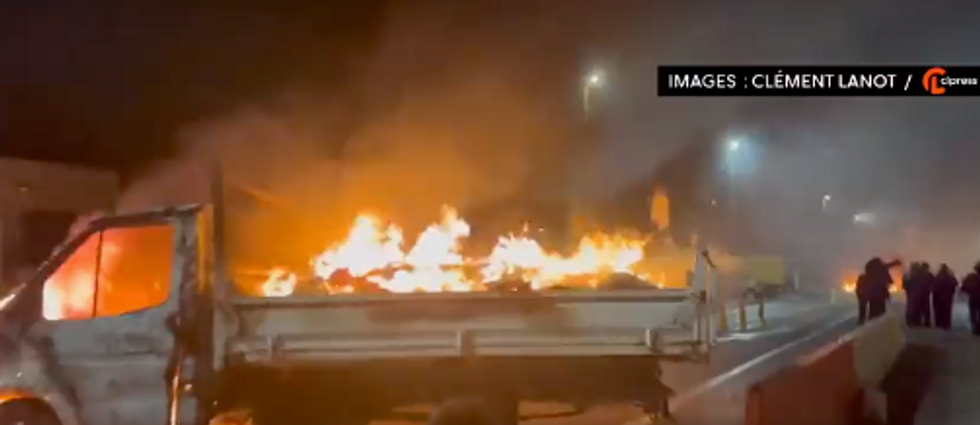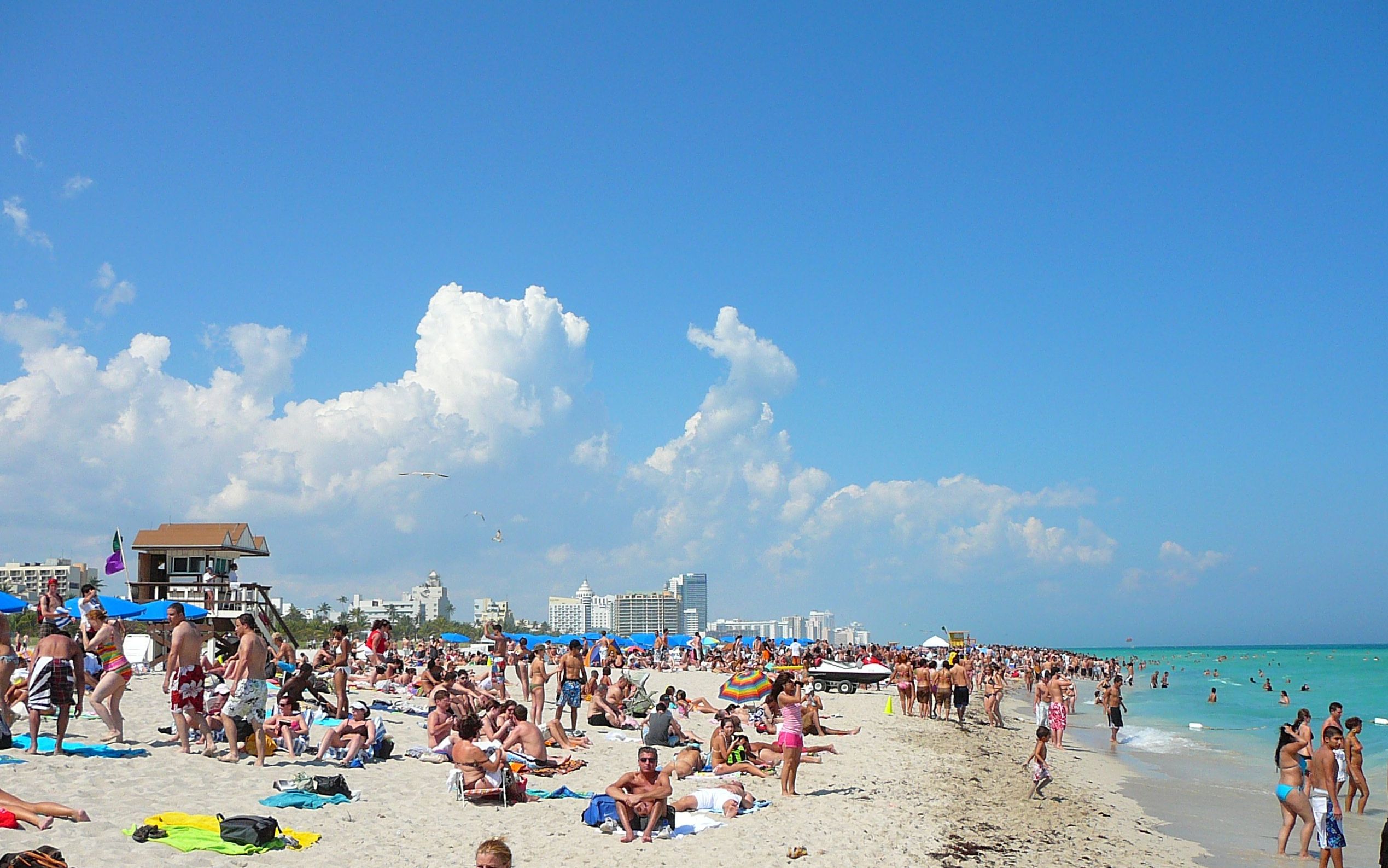On Wednesday, January 22, President Donald Trump and the executive office staff hosted a press conference to offer some updates on United States' tensions with Iran. After answering some questions regarding a potential "World War III," the targeted killing of Qasem Soleimani, and the growing anger of the Iranian public, Trump was questioned about recent injury reports of 11 U.S. servicemembers.
The al-Asad Air Base, located in the Anbar province in Iraq, suffered an airborne attack on Wednesday, January 8. Iran's military landed at least sixteen missiles within the base, causing severe damage.
These events unfolded following a targeted U.S. drone strike that killed Iranian Revolutionary Guard General Qassem Soleimani, which caused a major anti-U.S. backlash in Iran and Iraq.
Riots erupted on the streets of Baghdad during Soleimani's funeral, and less than a week after his death, his daughter warned that Iran could seek vengeance against Trump and the United States. Following Soleimani's funeral, a red flag was lifted over the massive crowds as a powerful and terrifying declaration: Iran wanted revenge.
As the flag flew above the funeral service, Trump spoke on the rising tensions with Iran. He did not comment on the red flag and its symbolism. Instead, Trump praised the assassination of Soleimani, marking it as a success. But as he cited terrorist plots as justification for killing Soleimani, Trump delivered a message that oozed arrogance and thoughtlessness.
"Soleimani's hands were drenched in both American and Iranian blood. He should have been terminated long ago," Trump said. "By removing Soleimani, we have sent a powerful message to terrorists: If you value your own life, you will not threaten the lives of our people."
Information on any imminent terrorist plots planned by Soleimani has not been released to the public. The motives behind his assassination are not clear, and many are questioning Trump's seemingly arbitrary attack on one of the most prominent military leaders in Iran.
Up until January 8, there had been no military retaliation from Iran against the U.S. But early Wednesday morning, the Iranian military struck the al-Asad Air Base with missiles.
Reports now suggest that the missiles caused damage to the base and injured multiple U.S. servicemembers. In a statement released by the Pentagon following the attack, the U.S. soldiers were said to have concussions and were "still being assessed" by military medical staff about their condition following the missile strikes. The Pentagon also reported that there were no casualties.
Despite the official statement from the Pentagon, Atlantic Media's Defense One published a report less than a week later stating 11 U.S. servicemembers did indeed suffer severe injuries from the missile strike.
After radio silence from the executive branch regarding the airbase attack, Trump held a press conference on Wednesday, January 22, to discuss foreign relations with Iran, Trump's threats of economic sanctions, and the injured soldiers.
When questioned about the state of the soldiers who had been airlifted from Iran, an indicator that the soldiers were in severe condition, Trump responded, "I heard that they had headaches, and a couple of other things, but I can report it is not very serious."
The reporter then asked, "So you don't consider potential traumatic brain injury serious?"
Trump, once again, glossed over the question, saying that the reporter would "have to ask the DOD." But information of the servicemembers' injuries had already been confirmed by a DOD source, something the president clearly wasn't aware of.
With a campaign that leaned heavily on the support of war veterans and an executive office that mostly centralizes its political agenda around pouring funding into the military, the comments made by Trump stating that traumatic brain injuries are "headaches" is a hard juxtaposition to accept.



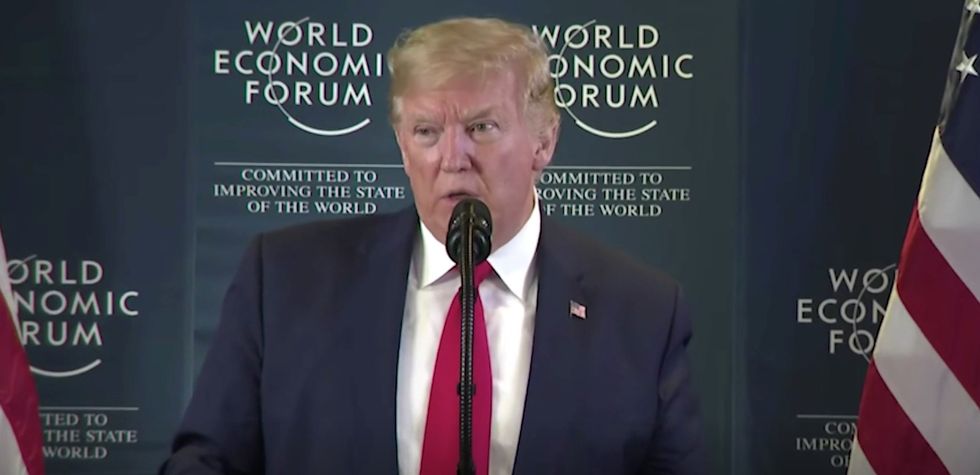


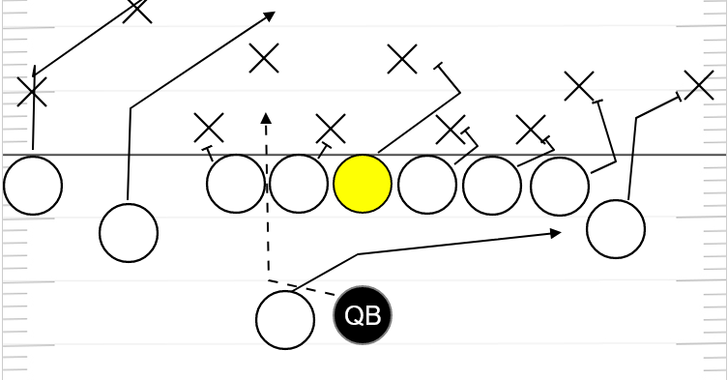

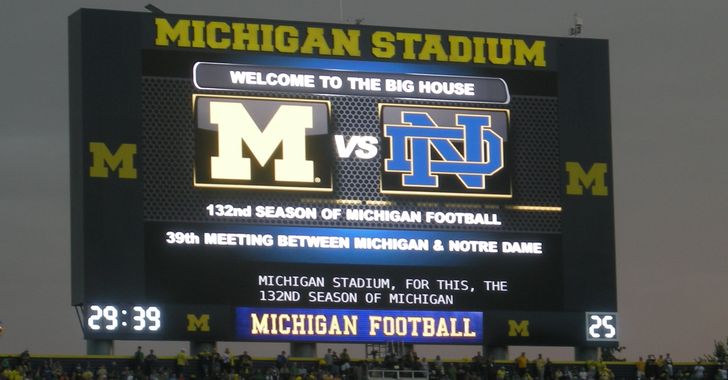
 Photo by
Photo by 